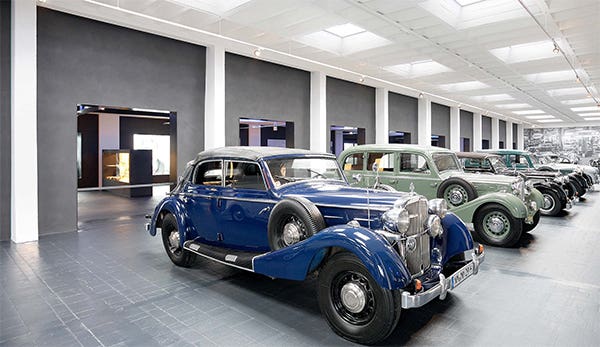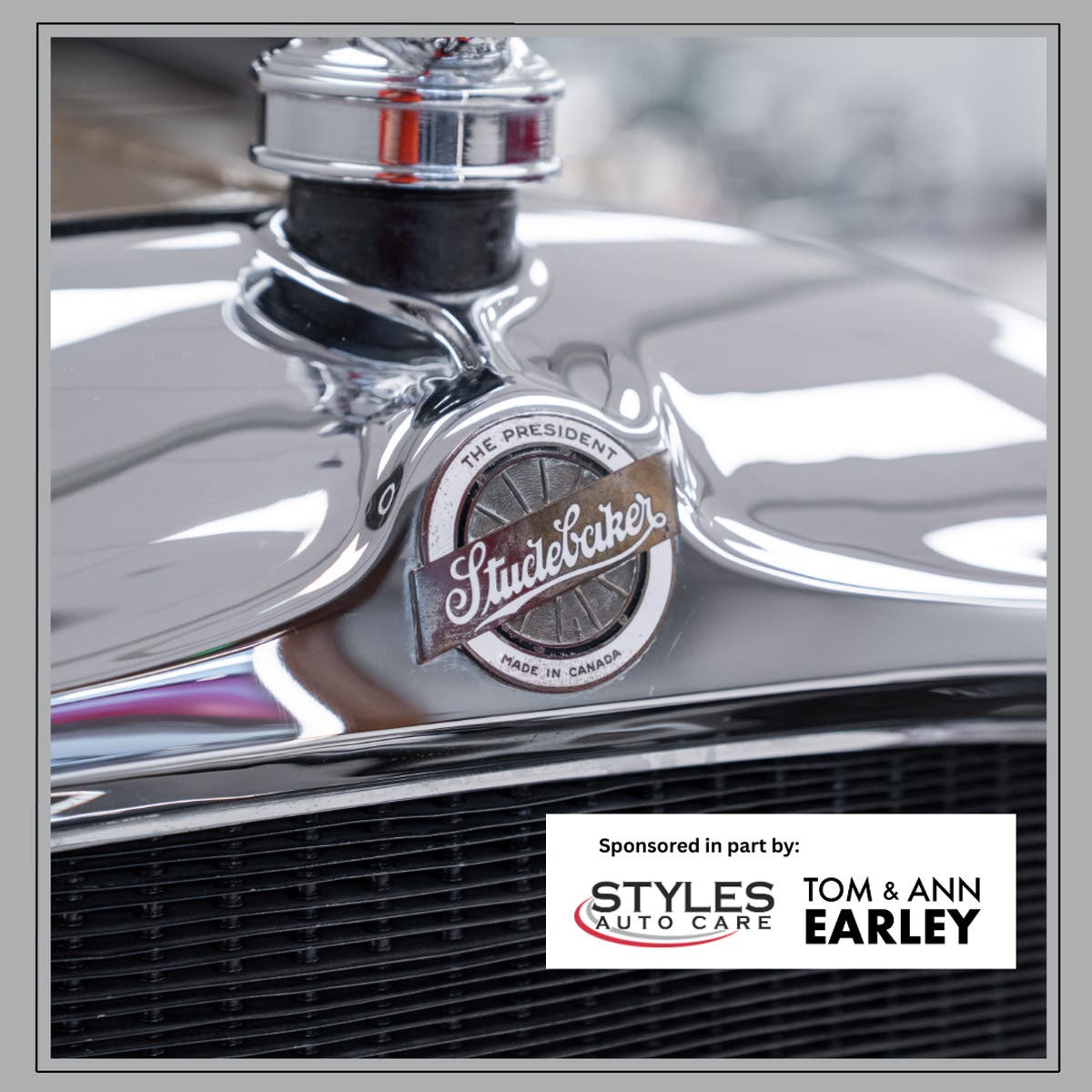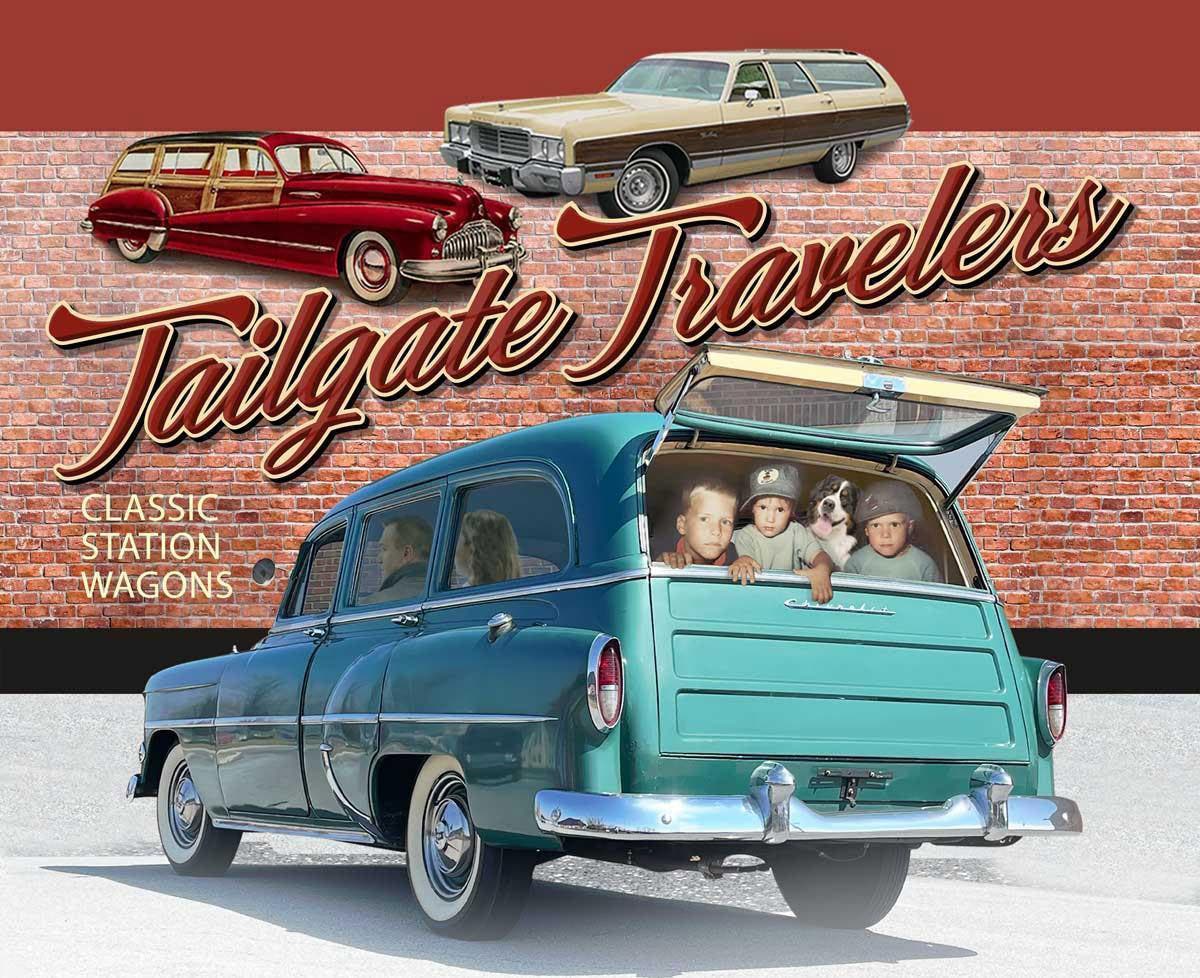On A Lark
By John Gunnell We were in the 6th grade when the American “compact cars” were being developed in Detroit. Well, we shouldn’t say “Detroit” because the first of the car…
By John Gunnell
We were in the 6th grade when the American “compact cars” were being developed in Detroit. Well, we shouldn’t say “Detroit” because the first of the car to hit the market was the Studebaker Lark—and it was built in South Bend, Ind.
Now for history’s sake, we should point out that the Lark, Corvair, Falcon and Valiant weren’t the first American compacts by a long shot. Small cars like the Imp, Bantam, Crosley and Aero Willys had appeared over the years. But the new generation of compacts filling the pages of car magazines around 1959 were the first ones to come from major manufacturers and Studebaker was included.
These car were a reaction to market swings. After a 1957 recession, domestic car sales took a nose dive and imported cars started gaining a large chunk of market share. The American carmakers were in a panic and those that could afford to do so sent the designers to the drawing board to create a small car. The term “compact” was adopted as a politically-correct way to say “small.”
Unlike Ford, GM and Chrysler, Studebaker did not have tons of money to invested in R & D, but it had some great ideas. So, the body used since 1953 was once again re-worked into the Lark. It was a square and boxy trim-sized package with a taxicab look, but the Lark sold pretty well and Studebaker prospered from it. In the ‘60s, the Lark was restyled a couple of times and the Lark-Daytona model with some very hot performance options evolved.
The Lark was built in many body styles from sedan to convertible to station wagon. There was even a Champ pickup variant. People liked the car when it was new and some like it even more today. At any Studebaker gathering there is always a good turnout of Lark and Daytona models. The Lark may look “square,” but down deep inside it’s really “kool.”








